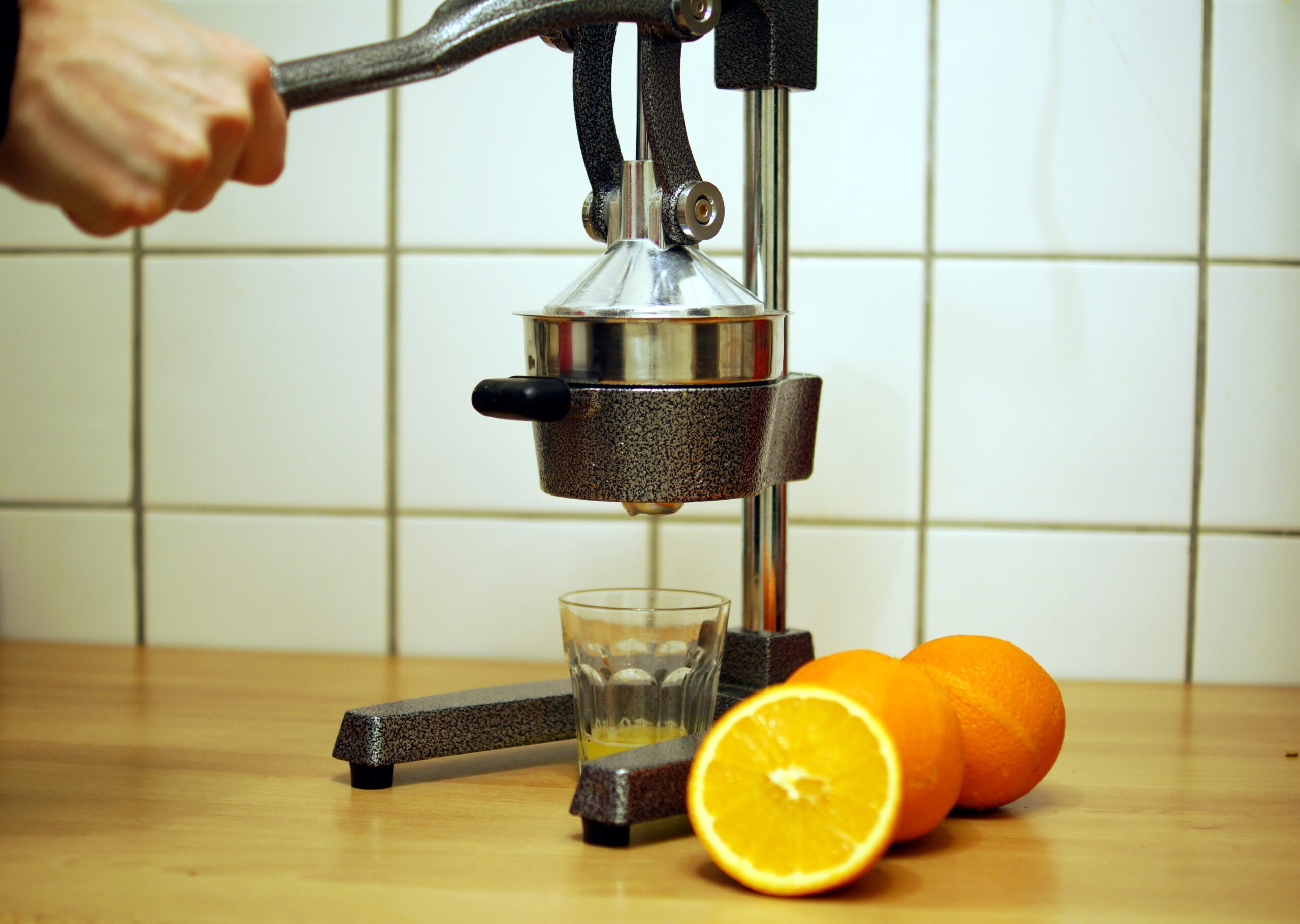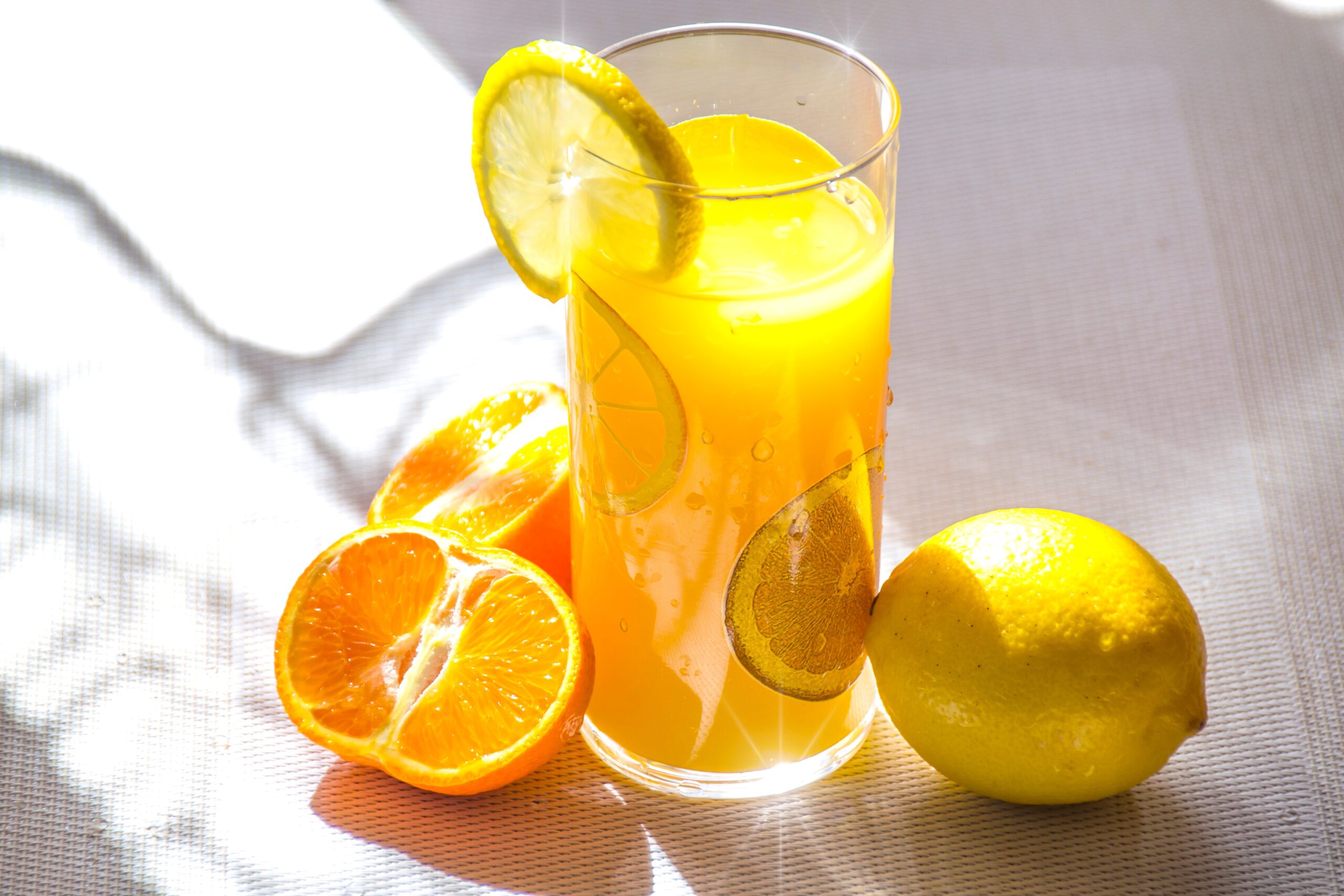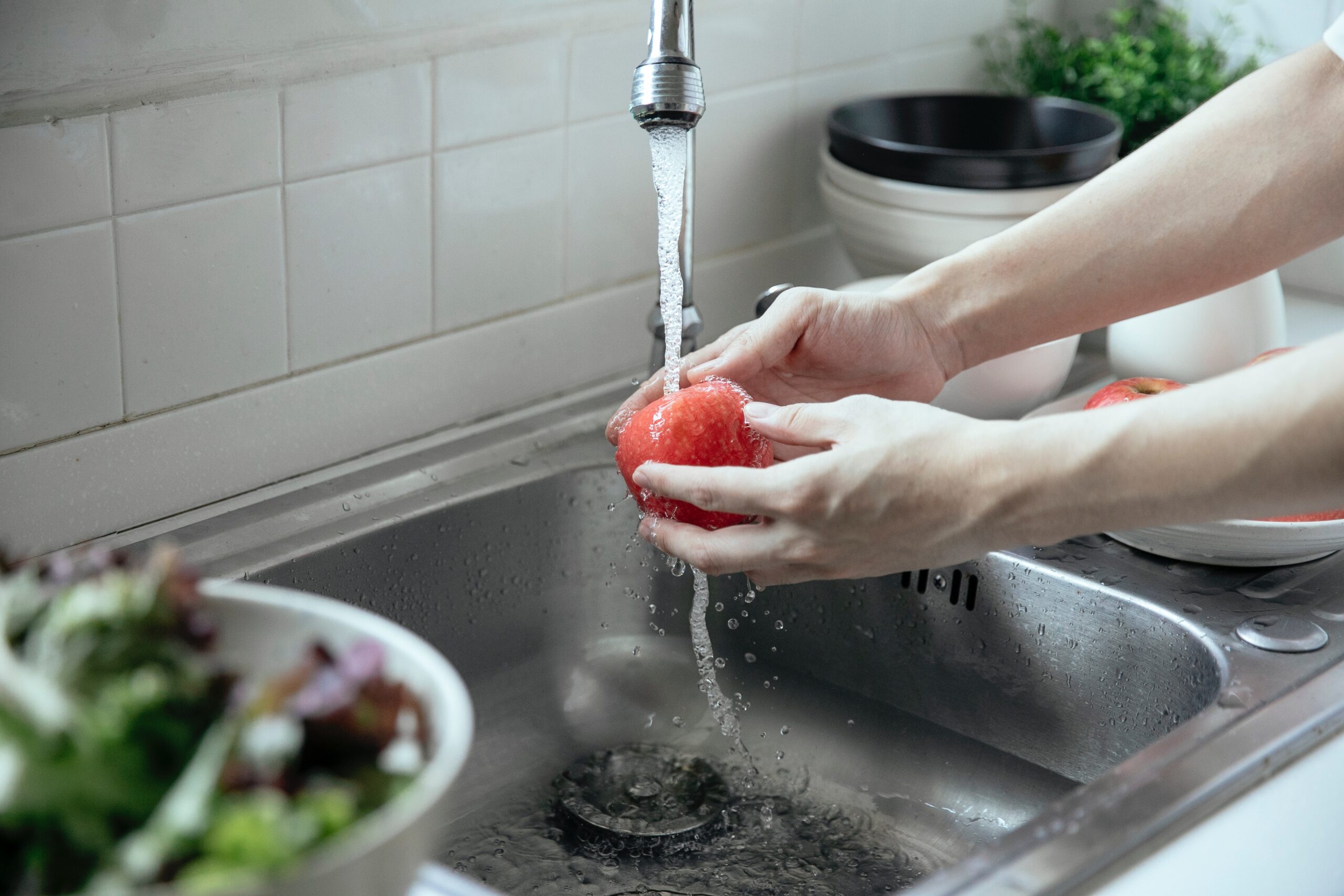Fruits and vegetables are some of the most nutrient-dense foods available to us. They contain essential vitamins, minerals, and dietary fiber, making them crucial components of a healthy diet. However, consuming the recommended daily amount of fruits and vegetables can sometimes be challenging. Fortunately, juicing is an excellent way to supplement your diet with the essential nutrients that fruits and vegetables contain.
A juicer is a kitchen appliance designed to extract juice from fruits and vegetables. When fruits and vegetables are juiced, the nutrients they contain are extracted, providing a concentrated dose of vitamins, minerals, and antioxidants. Here are some tips for maximizing the nutritional value of your juice:
 Choose the right fruits and vegetables
Choose the right fruits and vegetables
Not all fruits and vegetables are created equal, and some are more nutrient-dense than others. As a general rule of thumb, dark leafy greens such as kale, spinach, and chard, and brightly-colored vegetables such as carrots and beets are excellent choices for juicing. Fruits such as apples, berries, and citrus fruits are also rich in vitamins and antioxidants, making them ideal for juicing.
Prepare the fruits and vegetables properly
Before juicing, ensure that you remove any seeds, pits, or inedible parts from the fruits and vegetables. This not only improves the taste of the juice but also prevents damage to the juicer. You should also wash the fruits and vegetables thoroughly to remove any dirt or chemical residues. If they are not organic, my advice is to peel them when possible.
Experiment with different flavor combinations
Juicing doesn’t have to be boring, and blending different fruits and veggies can create a unique and flavorful juice. Don’t be afraid to experiment and try different combinations to find the ones that suit your taste the best.
Drink your juice immediately
Freshly made juice is most nutritious when consumed immediately. Exposure to air and light can compromise the enzyme content and nutrient value of the juice. For this reason, it is recommended to drink it within 15-20 minutes from the moment it was juiced.
Clean your juicer properly
A juicer works by extracting juice from fruits and vegetables, which can leave behind pulp and fiber remnants. Properly cleaning your juicer after each use ensures that bacteria and mold do not accumulate.

In conclusion, a juicer is an efficient way to consume the recommended daily intake of fruits and vegetables’ essential nutrients. Be mindful of the types of fruits and vegetables you use, prepare them properly, clean the juicer correctly, and enjoy your delicious and nutritious juice. Incorporating juicing into your diet can be a fun, easy, and healthy way to stay on track with your nutritional goals.
Best Way To Get All The Juice From Your Fruits and Veggies
There are several ways to get all the juice from fruits and veggies, and the most effective method depends on the type of fruit or veggie that you are using. Here are some tips to help you get the most juice from your fruits and veggies:
-
Slice fruits and veggies into smaller pieces: Cutting fruits and veggies into smaller pieces increases the surface area, which helps to extract more juice.
-
Use a slow juicer: Slow juicers work by masticating or grinding the fruits and veggies, which helps to extract more juice and nutrients than high-speed juicers.
-
Use a citrus juicer: A citrus juicer is the best option for extracting all the juice from citrus fruits like oranges, lemons, and limes. You can get more juice from citrus fruits by rolling them on a hard surface before juicing them.
-
Add some water: Adding a small amount of water to fruits and veggies before juicing can help to extract more juice, particularly for fruits and veggies that have a high fiber content, such as carrots and lettuce.
-
Use a cheesecloth or nut milk bag: Using a cheesecloth or nut milk bag to strain the juice after juicing can help to extract more juice and remove any pulp or solids.
-
Wait for the fruits and veggies to ripen: Waiting for fruits and veggies to ripen fully before juicing them can help to extract more juice and produce a sweeter taste.
By following these tips, you can squeeze out the maximum amount of juice from your fruits and veggies, allowing you to get the most nutritional benefits for your health.
The Benefits of Adding Water When Juicing

Many persons rather add their fruits and veggies to the juicer without adding water so as to get that 100 percent fruit and vegetable juice from the produce. However, adding water to fruits and vegetables when juicing offers several benefits:
-
Increases Juice Yield: Water can help to break down the fibers of fruits and vegetables, resulting in more juice yield. This is particularly useful when juicing harder produce, such as carrots and beets, which can be a challenge to extract juice from.
-
Dilutes Strong Flavors: Some fruits and vegetables have strong and overpowering flavors. By adding a small amount of water to them when juicing, the taste can be diluted, making it more palatable.
-
Aids with Digestion: Adding water to your juice can help to improve digestion. The extra water content helps to regulate bowel movements, promoting a healthy digestive system.
-
Hydrates the Body: Drinking juice made with water content helps to hydrate the body, which is essential for overall good health.
-
Reduces Calorie Intake: Adding water to your juice can help you reduce calorie intake, making it ideal for those trying to lose weight. Water helps to fill you up, reducing hunger pangs and cravings.
When adding water to your juice, it is recommended to add small amounts at a time, and not to add too much, as this can water down the taste. By adding the right amount of water to your juicing recipes, you can enjoy all the benefits of juicing without compromising on taste or nutrition.

